New Save The Bay Aquarium to Open With Mission to Educate and Entertain
March 20, 2024
NEWPORT, R.I. — There’s nothing new about loving Narragansett Bay; the feeling runs bone-deep in boaters and fishers, beachcombers and surfers, people digging sand to host a clambake or lifting a wine glass on a waterfront deck. In the winter, Rhode Island’s residential backyards are heavily salted with tented boats, waiting to be trucked back to the bay.
What is new — in fact, opening to the public March 28 — is a place of bricks and mortar, dazzling colors and soaring art, salt water, fins, and shells. It is the new aquarium built by Save The Bay, in the heart of Newport, on America’s Cup Avenue in the former Gateway Visitors Center.
Like any aquarium, the goals of this new, 7,000-square-foot facility is to educate and entertain. Since it is operated by the state’s well-known Narragansett Bay advocacy group, the goals go deeper. Save The Bay also hopes to turn visitors into environmentalists who will cherish the bay and maybe join the work of protecting it.
Jonathan Stone, former executive director of Save The Bay, who headed the organization during much of the three years of planning and construction of the aquarium, said, “Most aquariums are stand-alone entities; we are not. The purpose of the aquarium is to inspire stewardship of Narragansett Bay, and we hope guests will leave as different people.”
Topher Hamblett, the Providence-based nonprofit’s current executive director, said the new aquarium “will be unlike anything you have seen before.” In mid-March, Topher did a walk-through of the building with donors and project partners. “It was the first time we had a sense of what it was going to be like,” he said. “I felt emotional watching people walk through and seeing their responses.”
Save The Bay opened the aquarium to the media and students from Newport’s Thompson Middle School on March 18, and exhibits were quickly surrounded by adults and kids studiously handling animals, asking questions, and peering at the floating and fluttering figures of fish, turtles, jellyfish, and seahorses. First views of the inside of the aquarium start with a giant colorful mural, one of three that knit together a seamless transition among the three big touch tanks and many other exhibits.
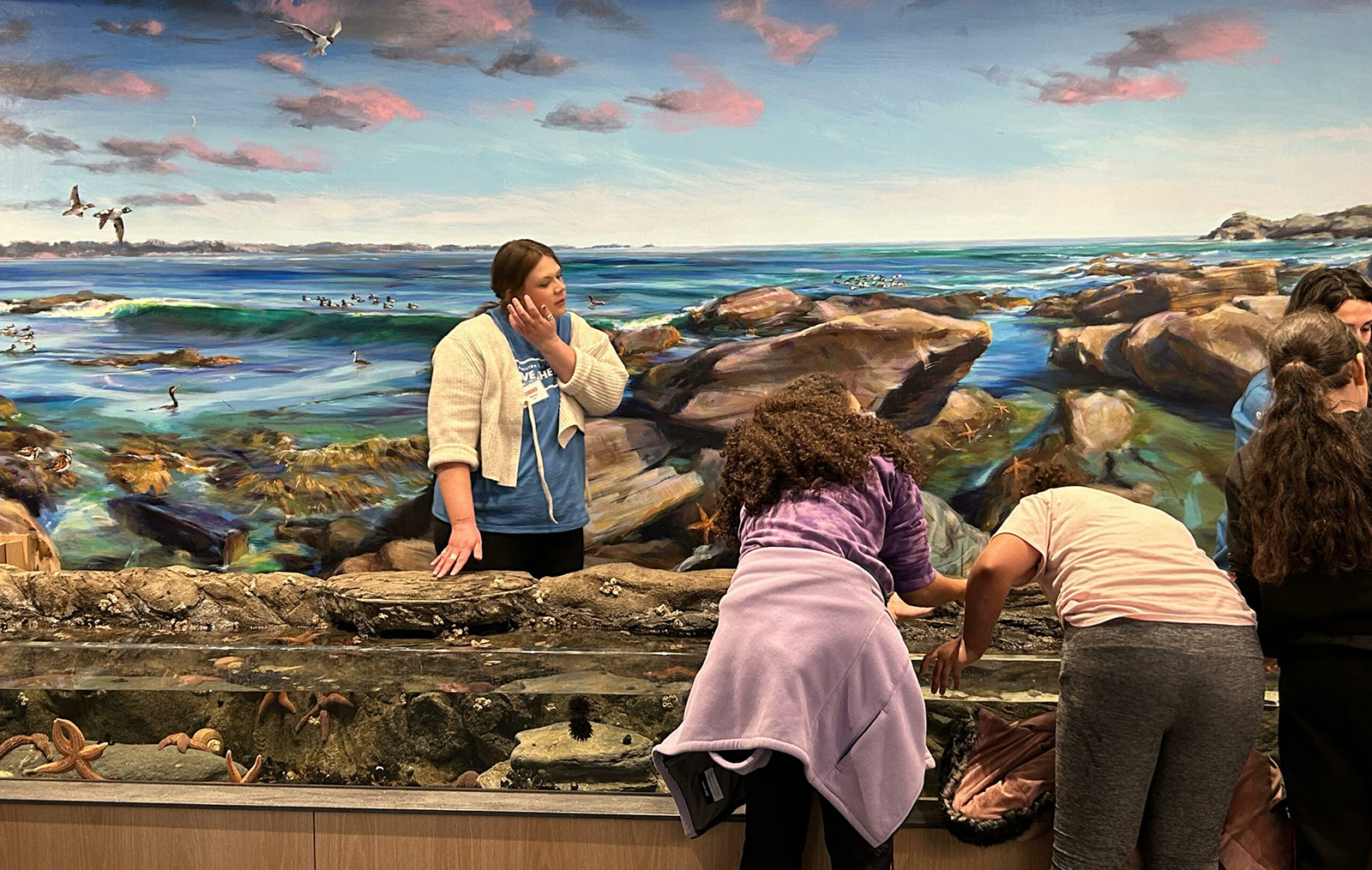
Thirteen separate exhibits will be organized by habitat types: Rocky Shore, Sandy Shore, Salt Marsh, Deeper Waters, Sandy Bottom, Habitats of the Bay Watershed, Eelgrass, and The Bay at Night. The hope is to help visitors understand the connection between habitats and marine life. Three touch tanks let visitors touch sea stars, hold horseshoe crabs, and even pet sharks.
At a “watershed sandbox,” made to demonstrate how a watershed works, young teenagers dug into sand and moved it around as overhead lights threw different colors on different levels, demonstrating changes in altitude, like a contour map. Aquarium staff members helped kids and adults handle crabs and other bay creatures.
In The Bay at Night room, moon jellyfish gently fanned bits of food into their bellies. A large window allows people to look into a behind-the-scenes utility room, where mazes of pipes manage the water flow, and aquarium curator Adam Kovarsky gestured at a small tank of tiny baby seahorses.
Kiosks with touch screens display watershed maps of various kinds. By touching the screen, a visitor can seek and find maps to public rights of way, coastal wetlands, wastewater treatment plants, and more features of life on, in, and around the bay.
There’s a place where people can compare their own height to that of various other creatures, like a seal. A visit to the aquarium “is not a passive experience; it is an active experience,” Hamblett said.
The aquarium will have many docents who are deeply educated and inspired by Narragansett Bay. “We will have a lot of staff and docents on the floor because there is a lot to take in. We want to make sure visitors have access to information,” Hamblett said. “And, the knowledge and enthusiasm of the team members is infectious.”
The aquarium will actively welcome and pull in all groups of people, including schoolchildren. Aquarium education staff will work with all the state’s school districts to help make visits to the aquarium sync with math and science lessons.
Kovarsky, who has worked extensively with school groups at the aquarium’s predecessor location at Easton’s Beach, said children absolutely love getting to hold sea animals. “The touch tanks are huge for kids,” he said. Having adults explain the workings of sea life also inspires children. “They want to hang out with real scientists.”
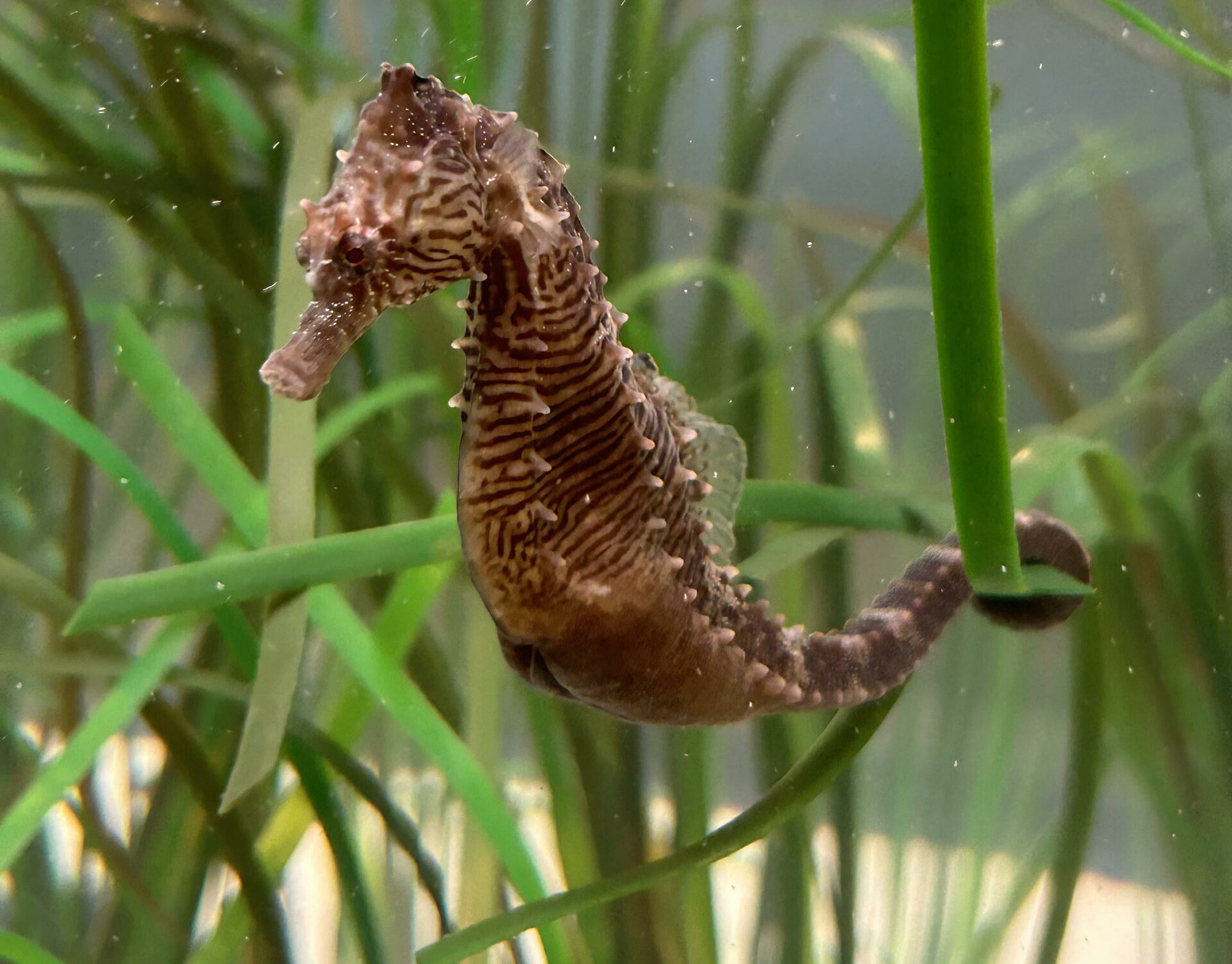
A multipurpose room will be available at a future point for an adult lecture series. Public education programs may be offered by partner organizations like the Rhode Island Audubon Society, the Aquidneck Land Trust, and the Norman Bird Sanctuary.
Plans are in the works to make the planned admission fee of $15 affordable to everyone. Admission discounts are available to Save The Bay members and active and retired military. Through the Museums for All program, families that receive SNAP benefits will be admitted for free.
The formal name of the facility will be the Hamilton Family Aquarium, honoring a family that donated $1.5 million toward the project’s total cost of $8 million.
At a larger and more accessible location, the new aquarium replaces Save The Bay’s 1,200-square-foot Exploration Center and Aquarium, which operated for 17 years, up to last fall, on Easton’s Beach. An important feature of the new aquarium is its location in the heart of downtown — accessible by RIPTA buses and even, in the summer, by ferry from Providence. The hope is to make the aquarium much easier to reach for many more people, some using public transportation, with less need for driving.
A less-cheery reason for the move is because sea level rise and flooding endangered the old Exploration Center and Aquarium, situated at sea level. Superstorm Sandy, in 2012, drove 3 feet of water and a foot of sand into the Exploration Center, according to Kovarsky. The storm destroyed aquarium life-support systems and sensitive electronics, requiring a full year of closure, repairs, and recovery. Even more water and sand were plowed into the closed building during storms late last year and early this year.
Nearly all of the animals in the aquarium are considered “guests” that come from and are returned to Narragansett Bay, based on a special collections permit from the state Department of Environmental Management. Animals are taken from the bay at a young age, encouraged to get bigger and stronger, and then released back into the bay after about a year in the aquarium.
“We don’t want them living all their lives and then dying in captivity,” Kovarsky said.
A small percentage of nonnative creatures are tropical fish that are swept into the bay by the Gulf Stream in a normal phenomenon that usually ends with the animals’ deaths when the bay waters get colder in the winter. They become permanent aquarium residents.
The aquarium houses many species of fish like sharks, flounder, and skate; seahorses; lobsters, and crabs; sea stars and sea urchins; and octopus and jellyfish, all bay natives. Freshwater creatures in the aquarium come from the bay’s watershed and include turtles and frogs.
The aquarium rehabilitates injured creatures, some of whom will go back to the bay and some of whom will stay at the aquarium to ensure their survival.
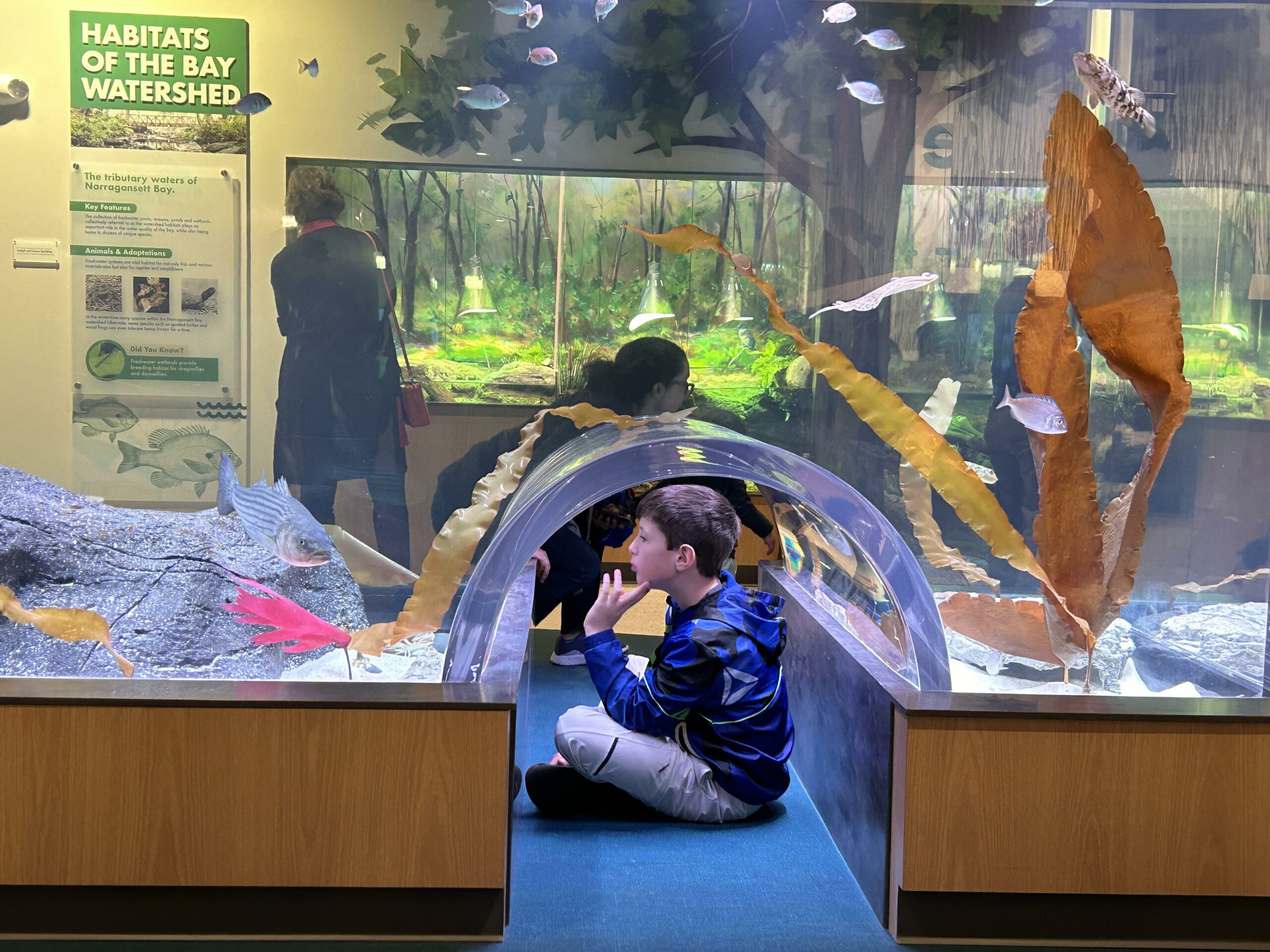
“Narragansett Bay is a really valuable ecosystem,” Kovarsky said. “It is very diverse and very productive. Many organisms start life in the bay and stay here their whole lives; others go off to populate the Atlantic Ocean.
“People need to understand that [the bay] is full of life. There is so much cool stuff in there and people don’t always get access to it. We all need to learn about how to manage our actions to make these animals happy and healthy.”
Kovarsky said he will be delighted to welcome back a striped burrfish, a Gulf Stream stray that came to live at the aquarium in 2006, but later had to be removed to another location because he grew too big for his tank. The new location will give the burrfish plenty of room to stretch out.
In the aquarium, visitors can read the history of Save The Bay, and as they leave they can learn about how to volunteer to help with the organization’s mission. Hamblett said a major purpose of the aquarium is to build devotion to this iconic natural feature.
“We feel that by connecting people to Narragansett Bay through the aquarium people will understand it better and take action to protect it,” he said. “Hopefully, we can enhance people’s love of the bay and make them want to get involved.”

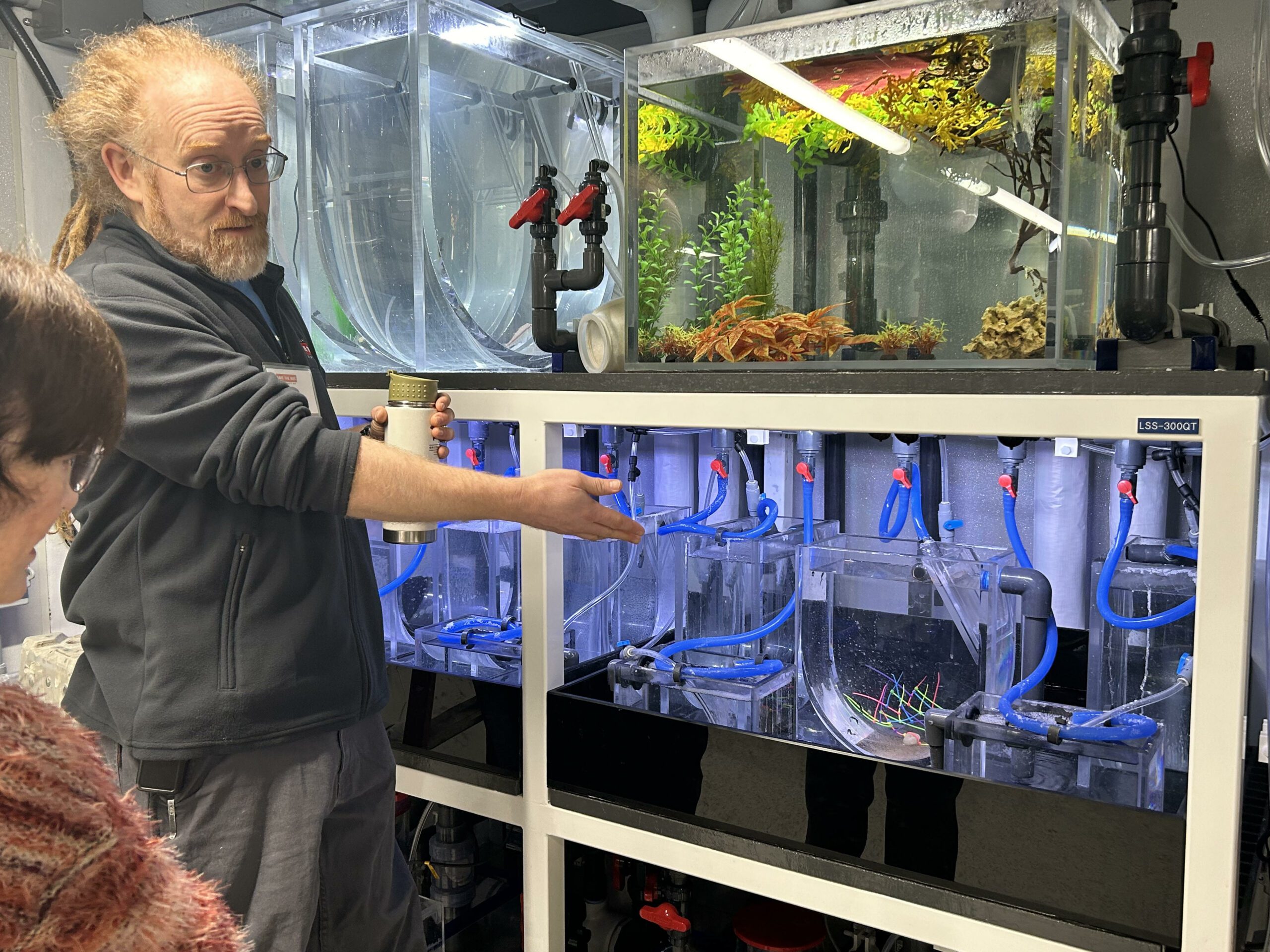
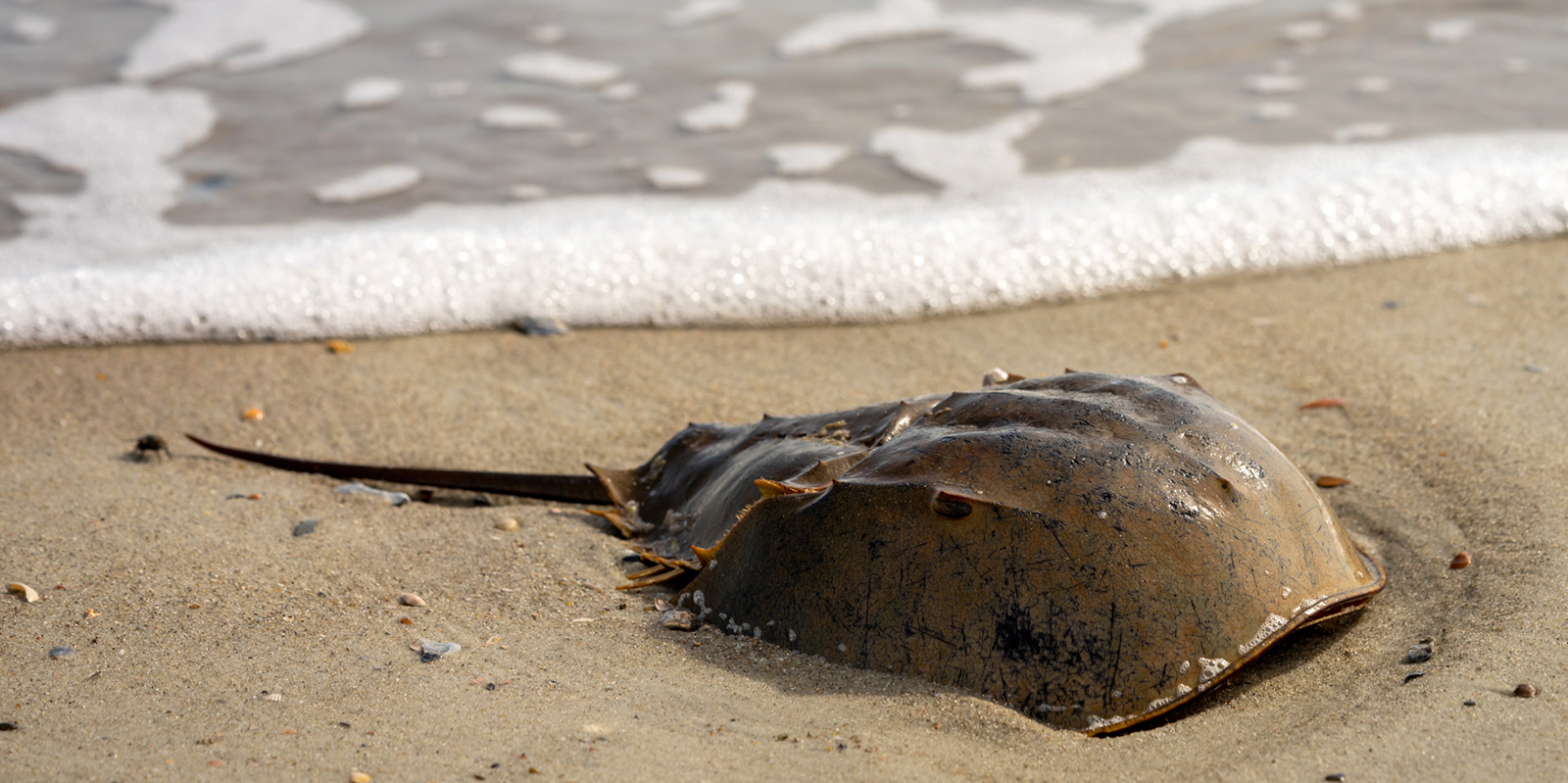
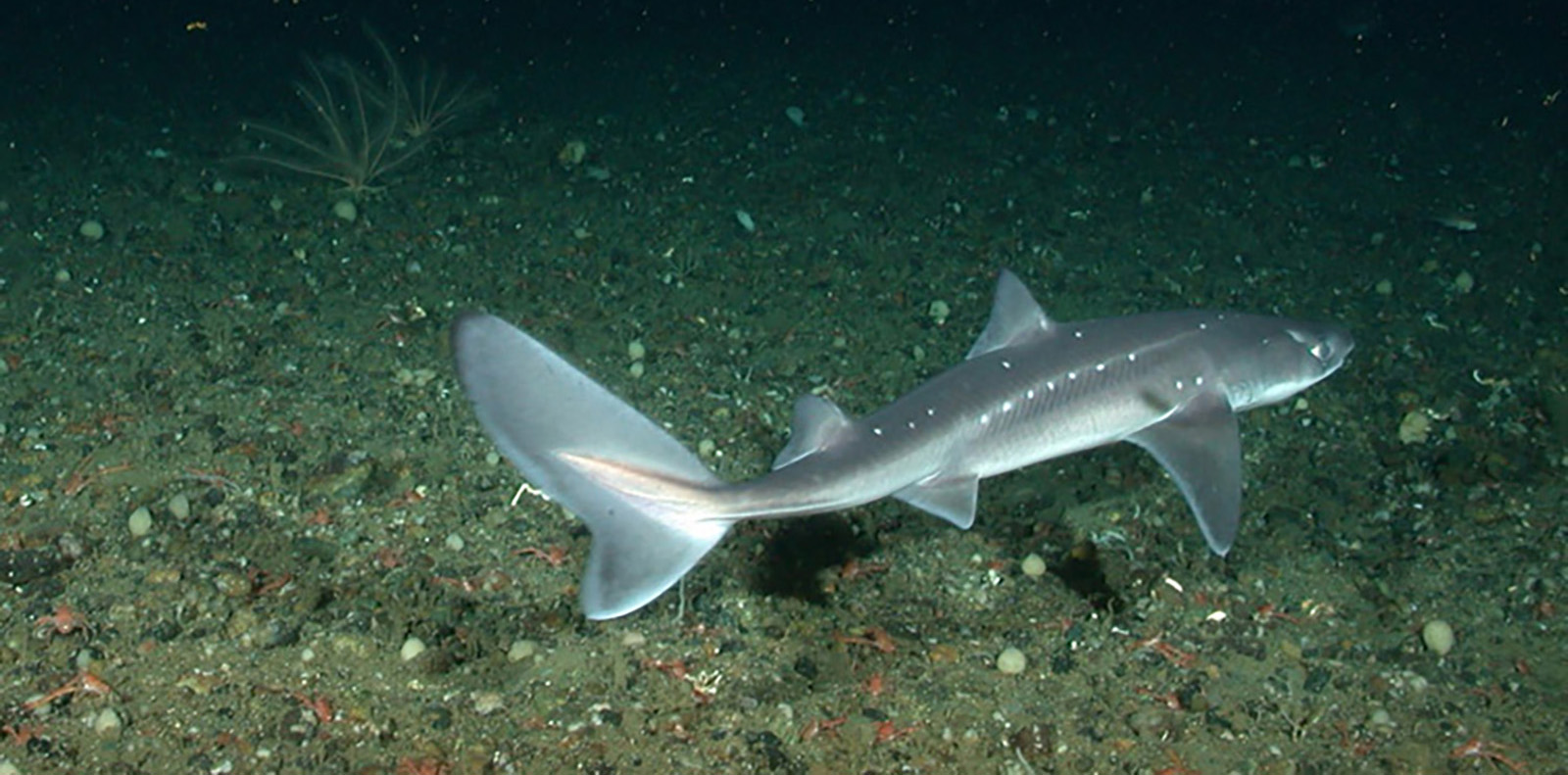
The new aquarium is a wonderful opportunity for all ages to learn more about the rich sea life that live in our bay , that deserve our respect, protection and care. The STB staff is unlike any other in their depth of knowledge about Narragansett Bay and they provide a fantastic learning experience for us all, I never tire of visits to the aquarium— Nina Mackta, parent, grandparent and past STB volunteer